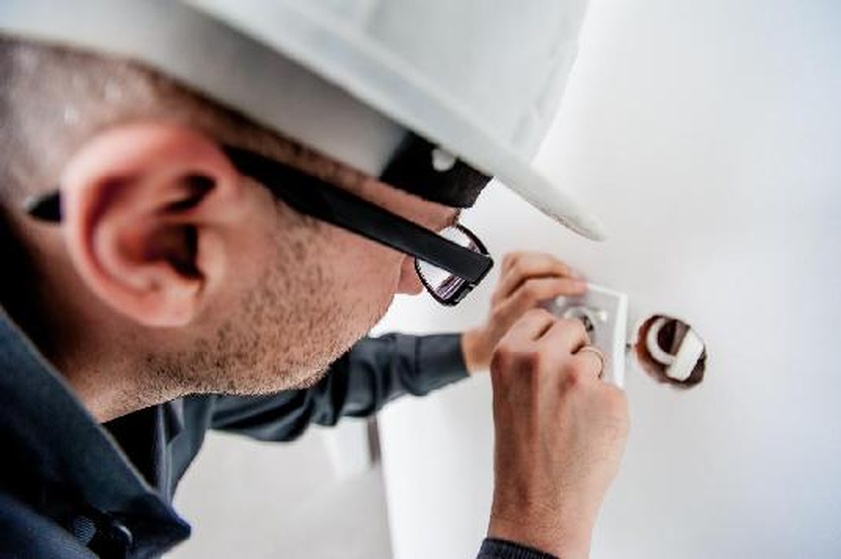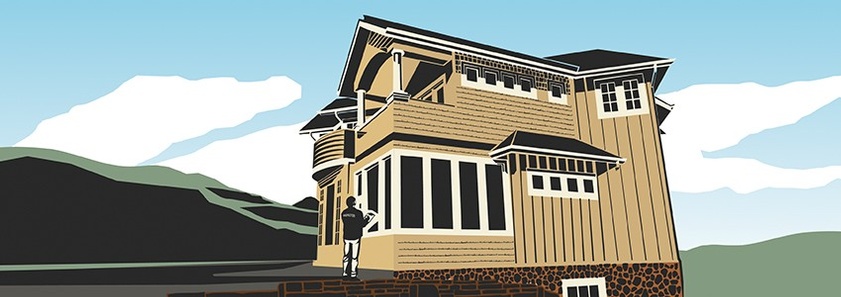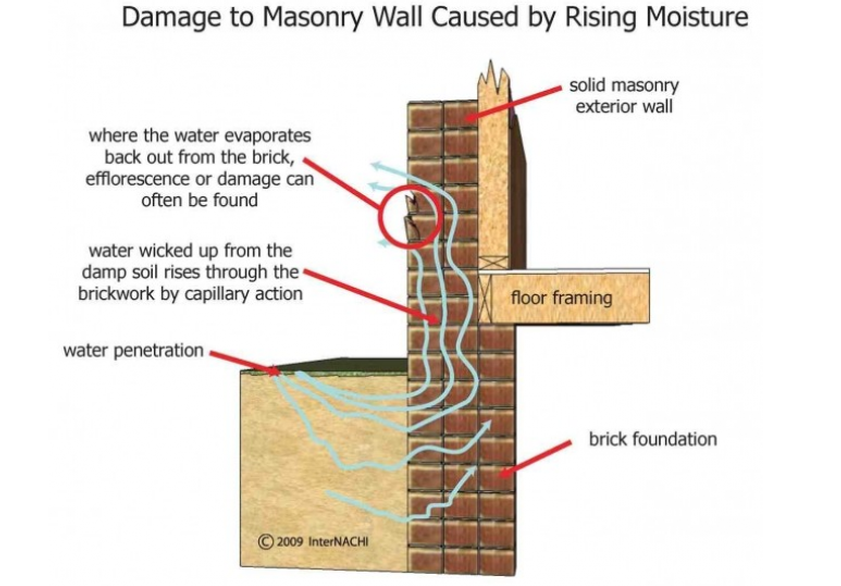We are delighted to announce the launch of our new website!
-
Announcing the new website

-
How to Get Ready for a Home Inspection

Deciding that you want to sell your property is only half the equation. The other half, and often the harder part, is actually readying your house for sale. Among other things, that means getting ready for a home inspection. A home inspection can be a rough, emotional experience. Be that as it may, it’s a necessary factor in getting your sale to go through. That’s why it’s important to prepare yourself adequately for it. Readying yourself for the inspection will help prevent future problems. Prevention can thwart off surprises. The last thing you want is for the home inspector to cause damage…
-
New website under construction

New Website Coming Soon!
-
Why Home Buyers Shouldn't Skip The Inspection

It's the little things that matter.
Almost one in four home buyers decides not to get a home inspection after they make a purchase offer on a home. This can cost you more than you possibly imagined. Here are four reasons to make that small investment, to avoid future frustration.
-
How Does a Water Heater Work?

Conventional Storage Water Heaters
Conventional storage water heaters remain the most popular type of water heating system for the home. In this section, you'll find basic information about how storage water heaters work, what criteria to use when selecting the right model, and some tips on installation, maintenance and safety.
-
A New Wave of Conservation

"What a home inspector looks for in a Calgary home energy audit. The places conditioned air can leave a house."
-
What Are The Ways Water Can Penetrate a Calgary Home?

Water, in all its forms, is an ever-present fact of life, especially for homeowners. Households commonly use and dispose of hundreds of gallons of tap water on a daily basis. Torrents of rainwater must be successfully shed by the roof and walls during thunderstorms. Groundwater travels through the soil beneath the foundation. We control indoor humidity levels for maximum comfort. The house itself absorbs and releases moisture in the forms of condensation and water vapor.
-
Replacement Windows for Improved Energy Efficiency: A Walk-Through Case Study

I'm not a building inspector, but as a former building contractor and a widely published home-improvement writer, I'm often asked by friends and acquaintances to assess their homes and suggest the best ways to address whatever issues there might be. My friend Tony—a person driven chiefly by a desire to responsibly fulfill his duties as a family man—recently presented me with an interesting case.
-
Keeping It Dry Inside

Moisture inside the home is measured as relative humidity.
Humidity indoors higher than 40% in winter and 60% in summer is considered excessive. High humidity is the main villain in most humidity related problems in the homes we inspect.While lower levels of humidity are desirable, humans require about 25% Relative Humidity to be comfortable. In addition certain building materials such as hardwood flooring require a somewhat higher RH to avoid cracking.
-
Radon in Alberta

How Radon Enters A Home, the things a Calgary Home Inspector will test in a Radon Home Inspection evaluation.
-
Shedding Water from the Roof

This image of the problems with a gutter that is improperly discharging water onto a roof came today with the interNACHI home inspector monthly newsletter. It immediately reminded me of why we approach homes as a system and evaluate the performance of the structure starting at the top of the house.
-
Removing Knob and Tube

First, let's confirm we have knob and tube wiring and it is in service. Follow wiring to outlets and remove the covers. If you see solid copper wire covered with black or brown cloth insulation, you likely have knob and tube. Now go into the attic and, being careful not to step on wires, remove some of the loose insulation and look for parallel runs of wires passing through ceramic tubes. Yep, knob and tube.
-
One Of The Required Steps

One of the now required steps in purchasing a home, whether a detached single family home or a condominium is the dreaded home inspection. This process can be nerve wracking for buyers, especially first-time buyers who may not have grown up fixing things or building things except Minecraft palaces and forts. Buyers are led to believe they can find a perfect house that needs no work and will never need maintenance.













